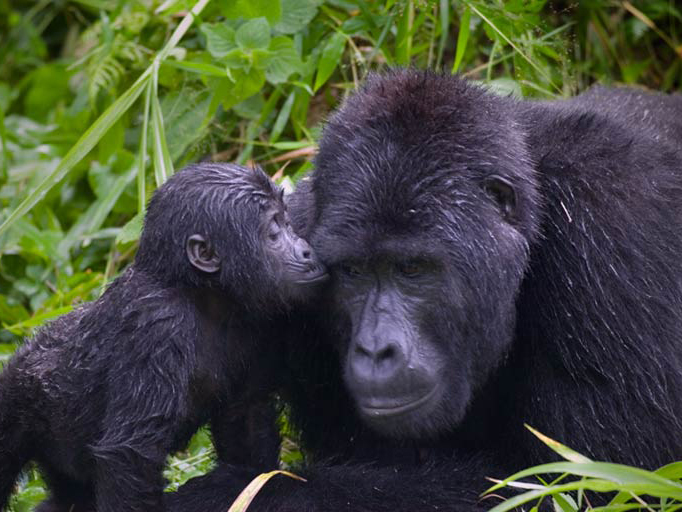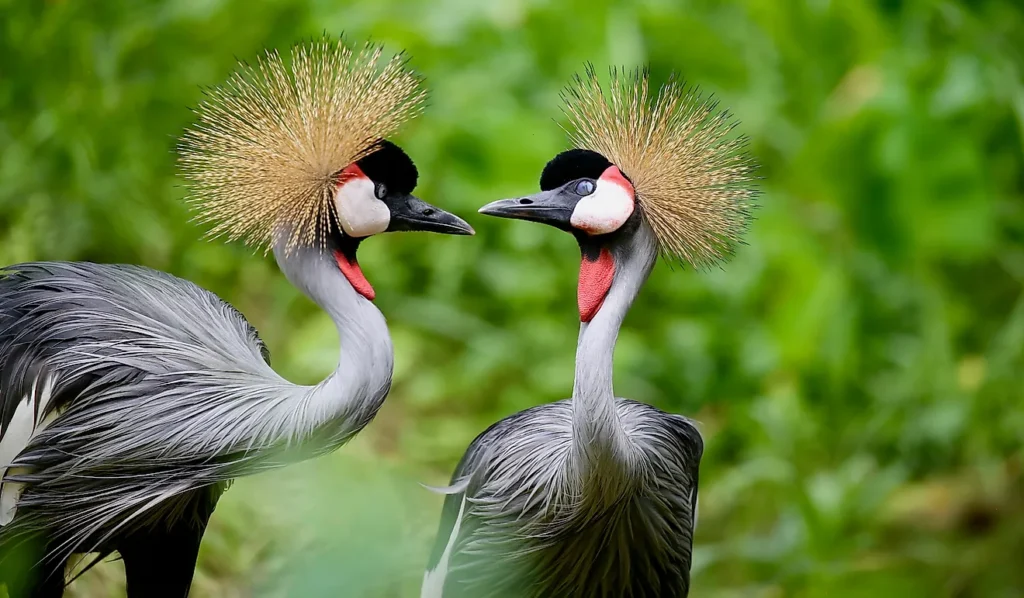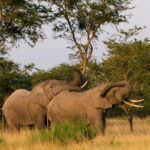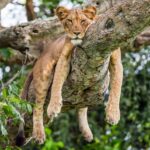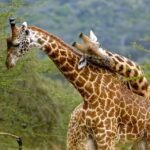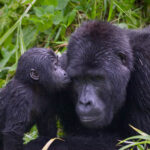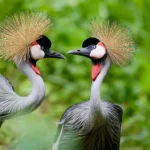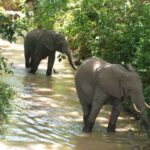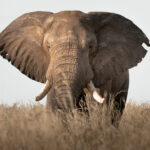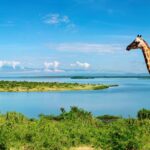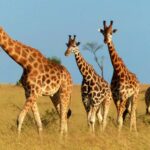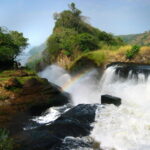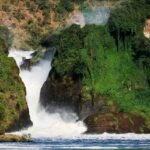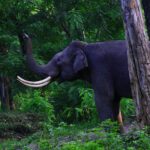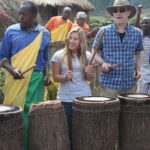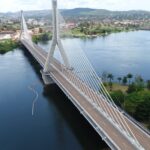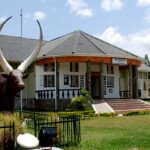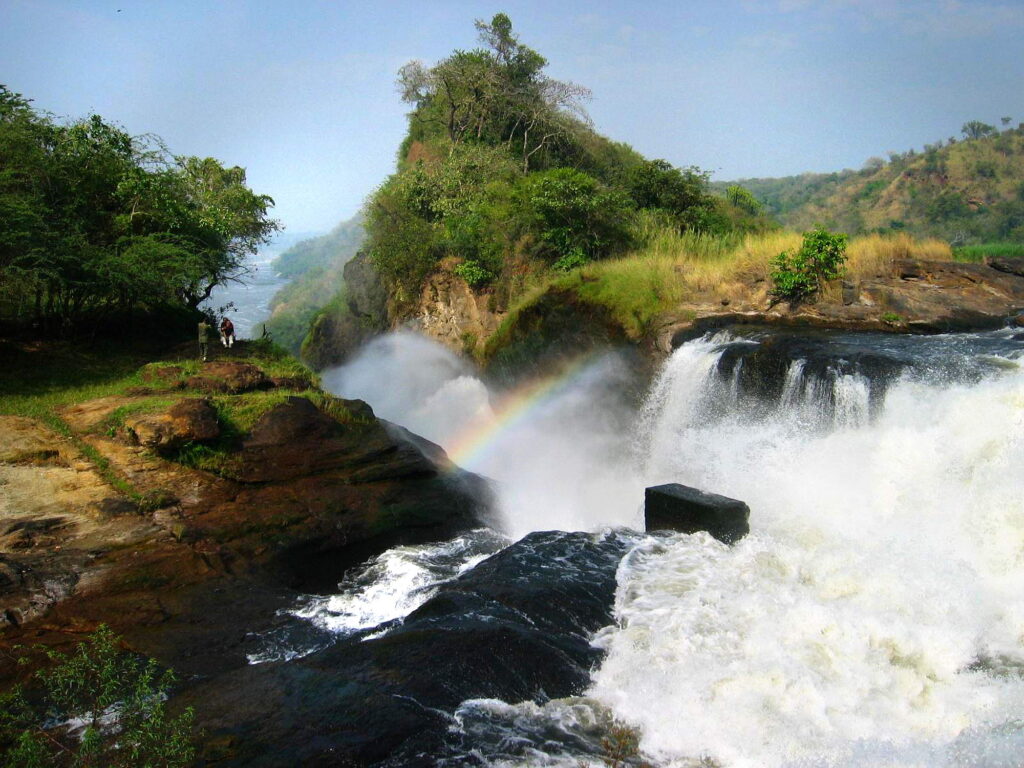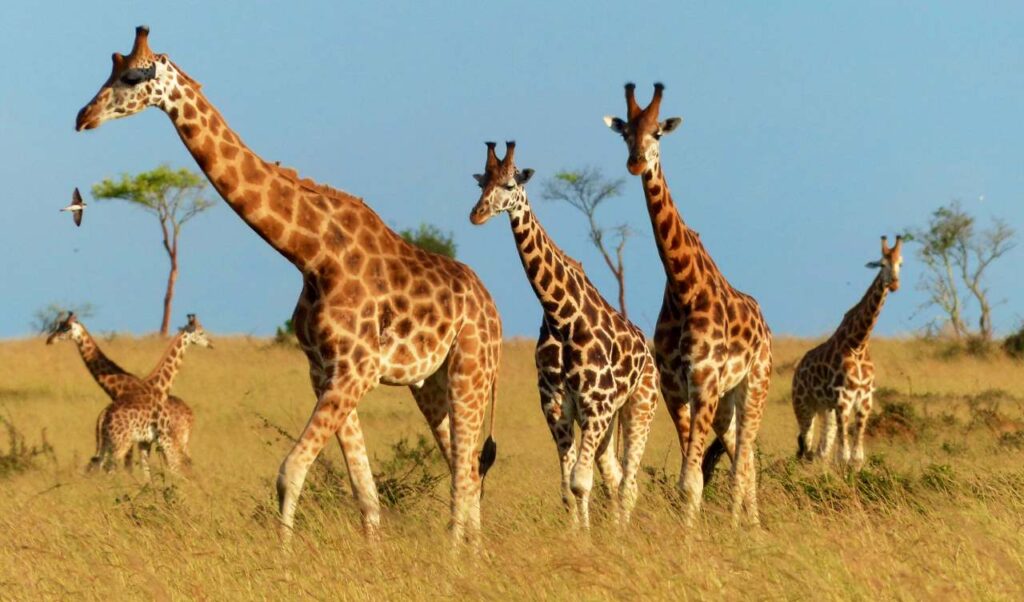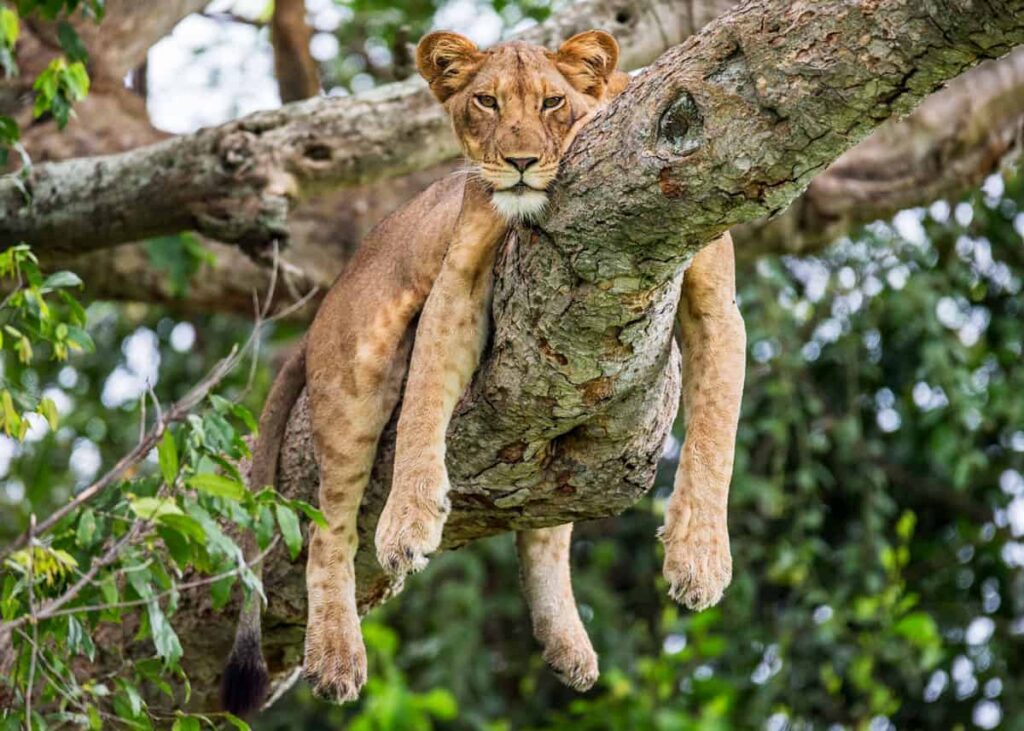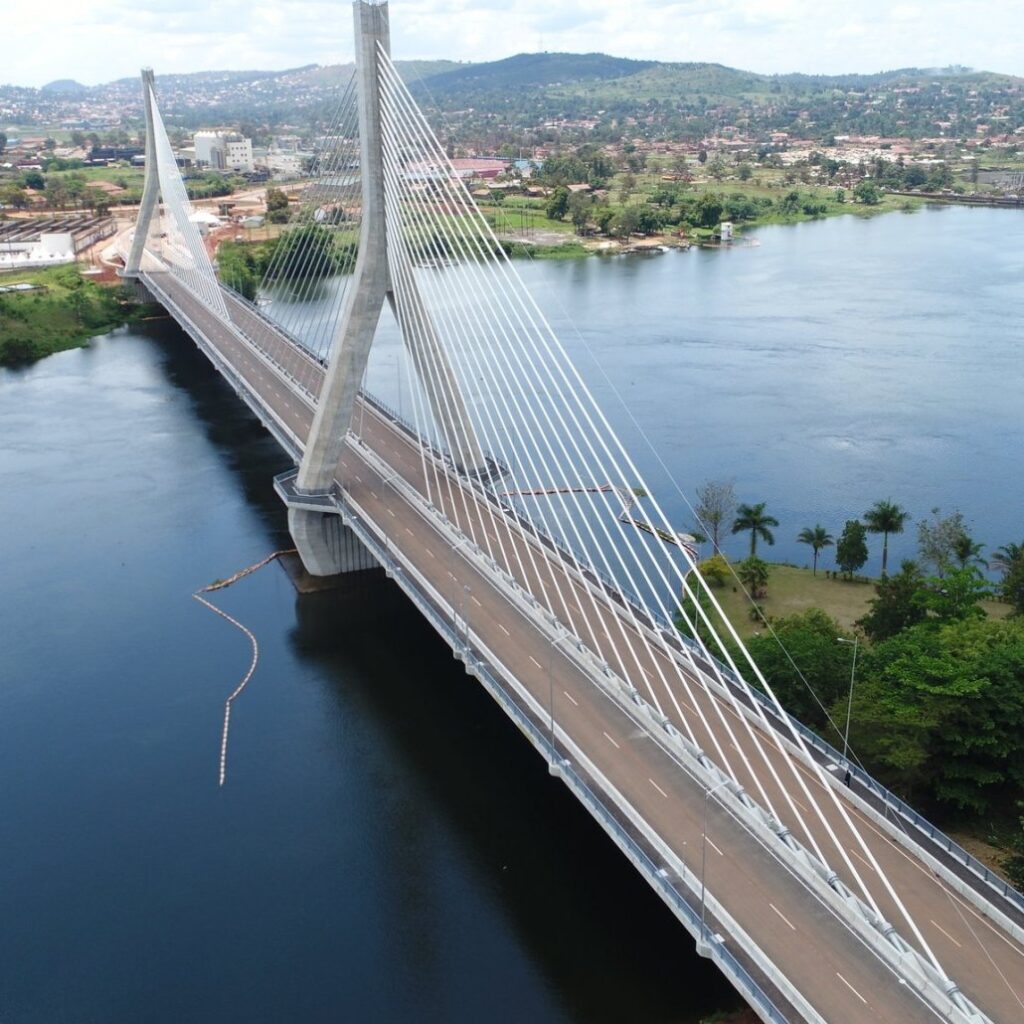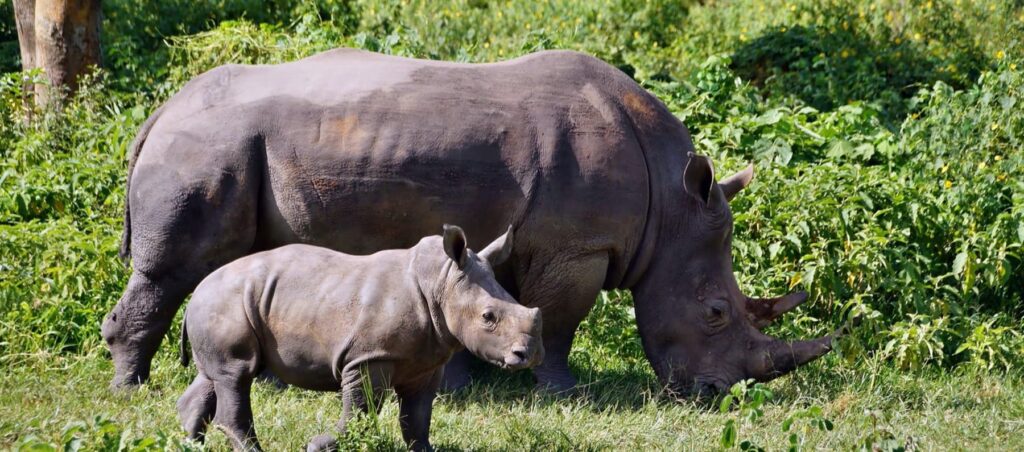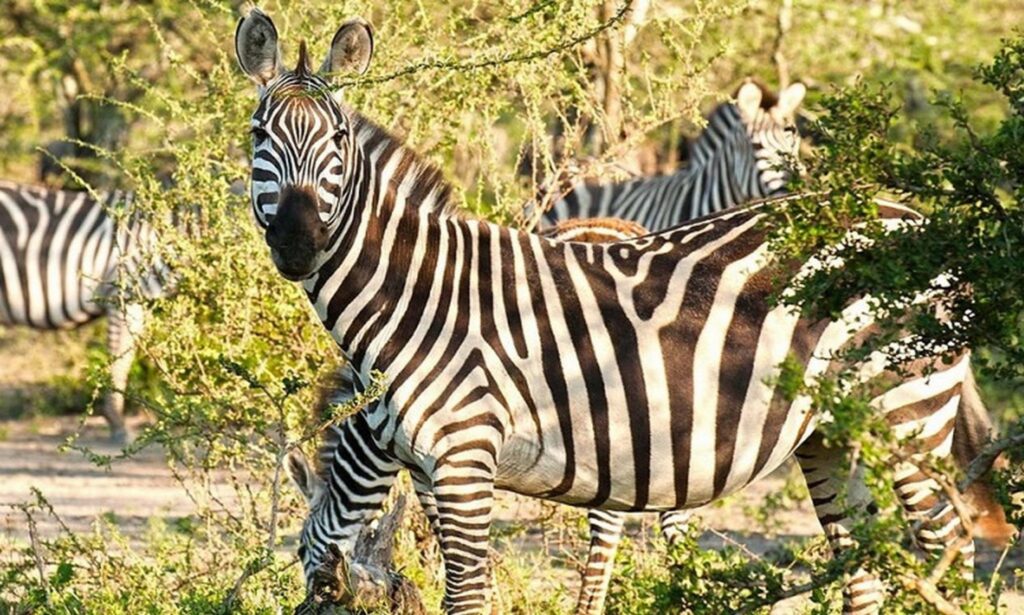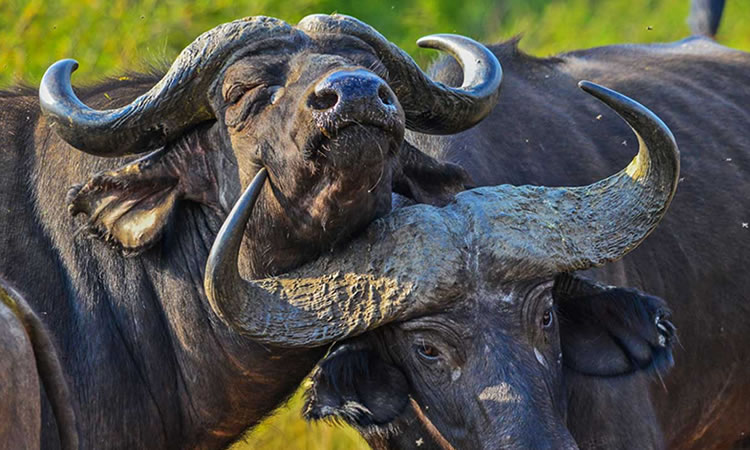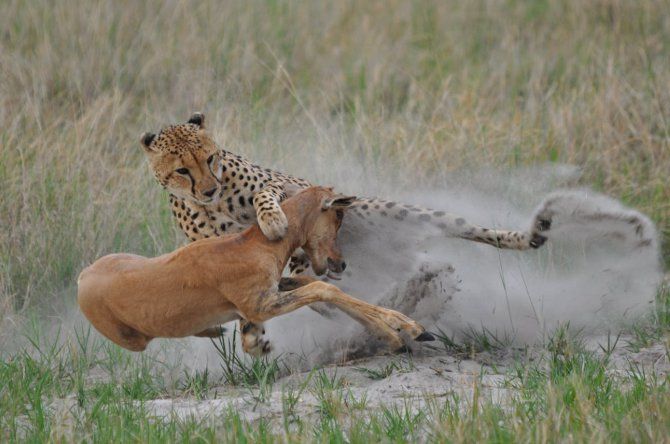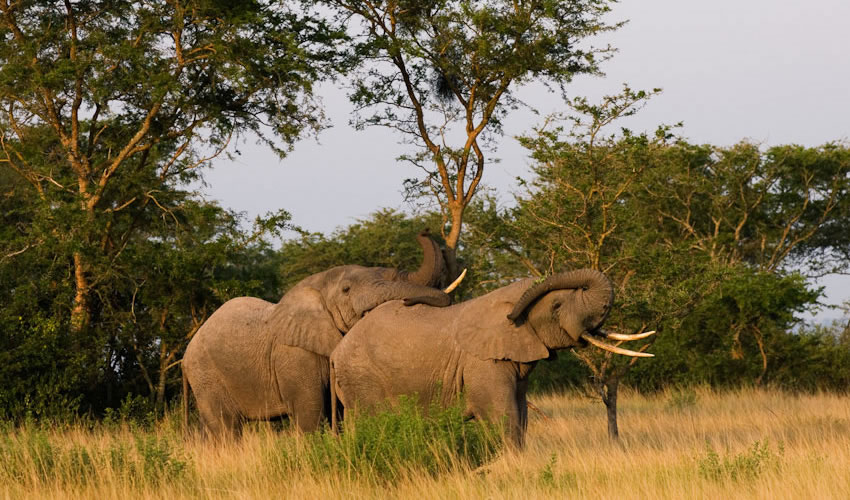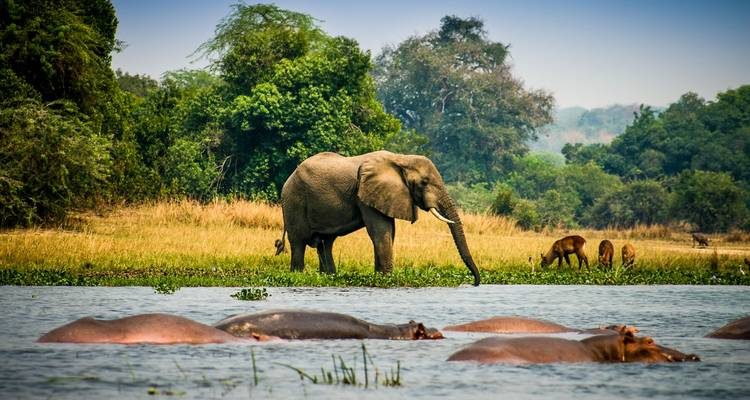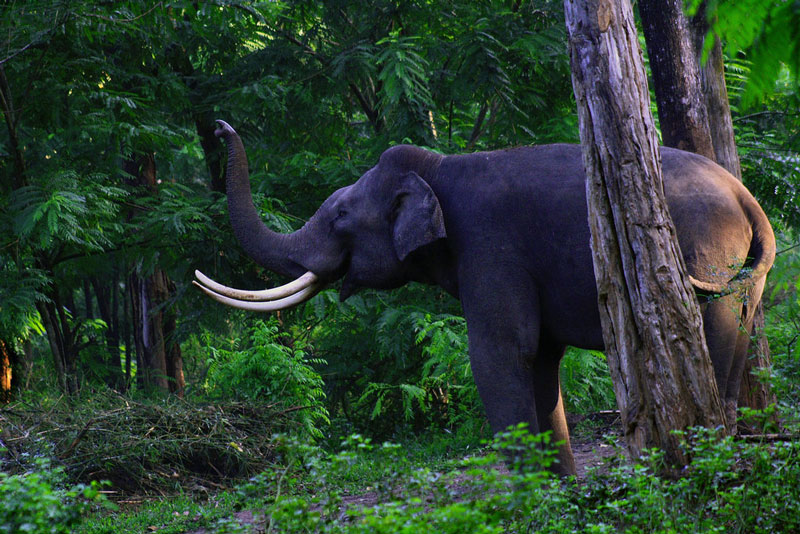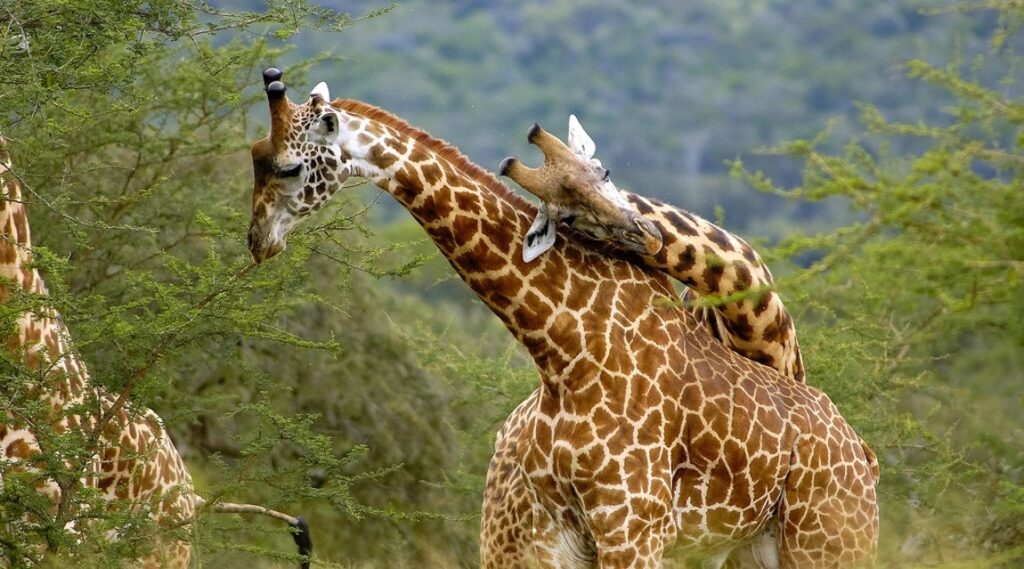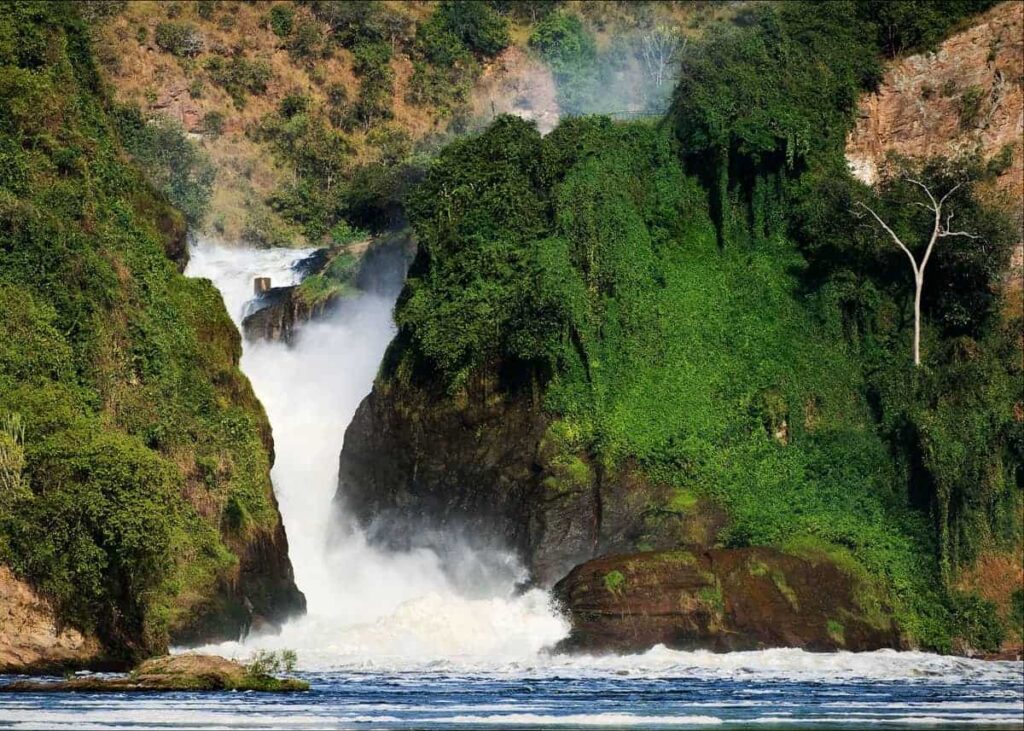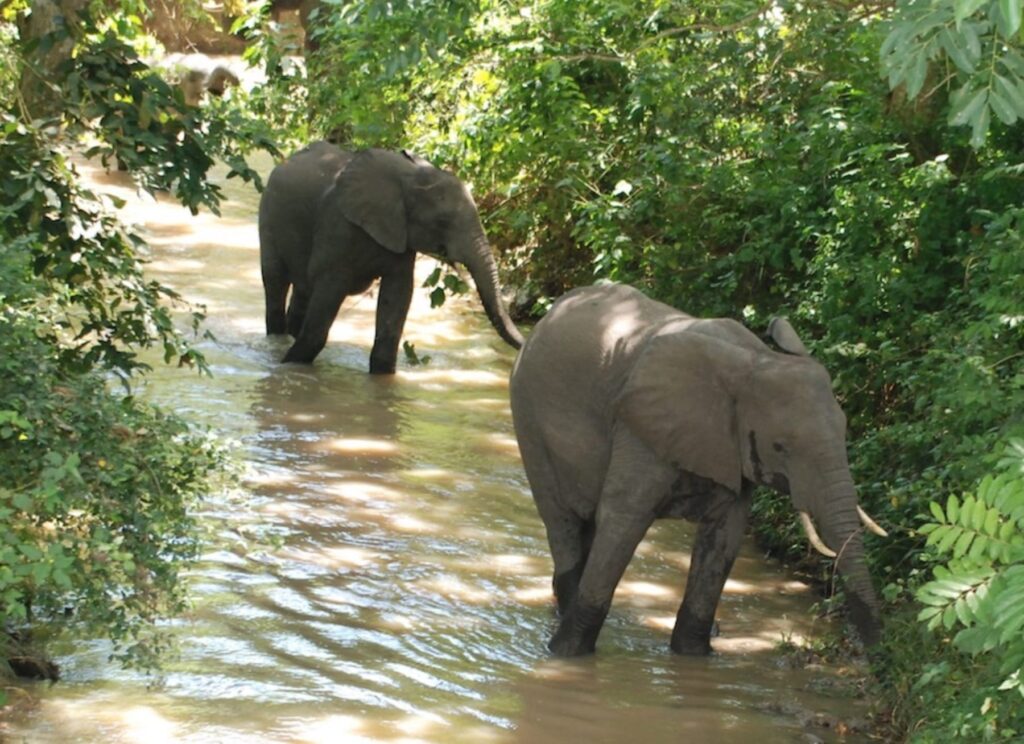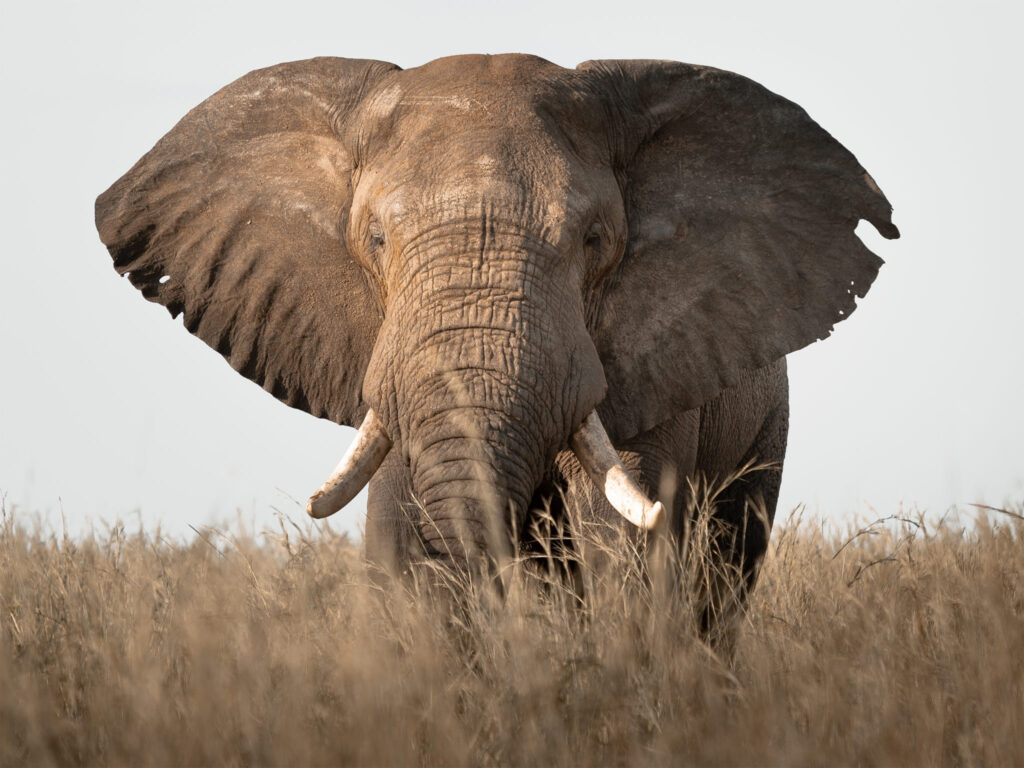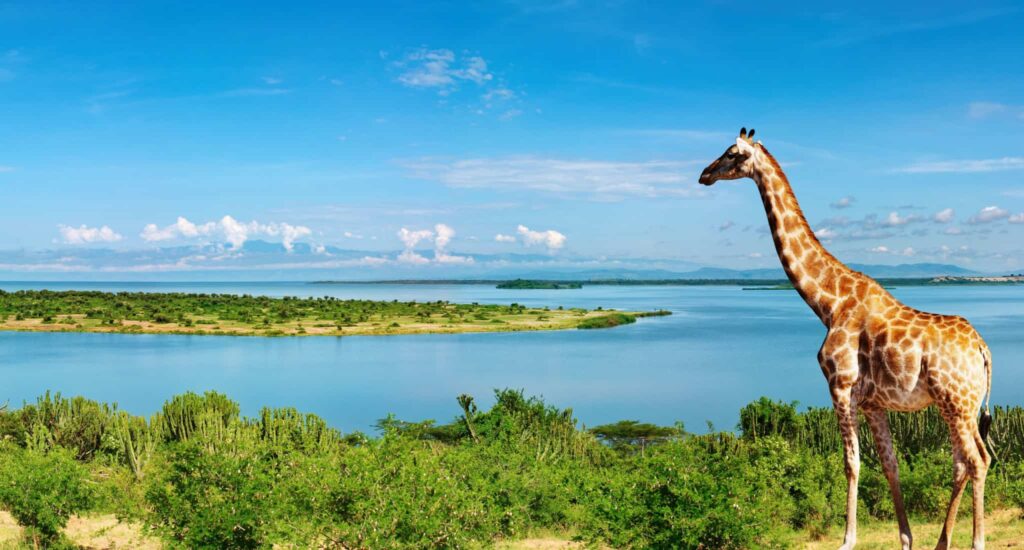Bwindi is all a 25,000 year old rainforest should be. It is mystical, dense, ever green and very wet. Sitted on a mountainous landscape on the edge of the rift valley, it is renowned for gorilla trekking as it has the highest number of habituated groups, numbered at 18. This is a huge advantage compared to Rwanda’s Volcanoes National Park and Congo’s Virunga National Park that have 10 and 8 groups respectively. On the part of population, Bwindi has roughly 450 gorillas now,basing on projections made during last years gorilla census.
95% of the park is made of a lush tropical forest that cover 321km2. The remaining 5% is made up of marshlands like Mubwindi, a piece of paradise where you can pursue the park’s 350 recorded species, inclusive of 23 endemics, 6 of which are ranked among the 10 most sought birds in East Africa.
Contrary to some other parks that have areputation for gorilla habituation and tracking, finding mountain gorillas in Bwindi isn’t a hit and miss experience. In fact, you might find close three different families as you pursue the particular habituated group you have been allocated to visit. These hairy beasts are not as predictable as your tabby house cat! They are subtle and make moves you least expect of them, like walking on their hind legs. They spend much of the day playing, snacking, grooming and protecting their territory.
Each of the gorilla families here have 8-32 members who are a mix of blackbacks, sub adults, females, babies. Their small kingdoms are headed by alpha males called silverbacks. Inheriting the throne isn’t necessarily a father to son transfer of power, but rather a thing for the most fierce male in the group.
Duration of Gorilla trekking
The one hour you get to spend with these forest warriors passes by in a flash, but the experience will linger for a lifetime. It is hard to forget that electrifying feeling that grips you when you stare into the liquid brown eyes of a giant silverback. Unlike babies of habituated chimpanzees that seem unaware of your presence, babies of these human-like monoliths are very observant and really look at you. It is not unusual for them to crawl up to tourists in an attempt to play, patting them gently. Each gorilla family is visited by a group of tourists not exceeding 8 members. This creates an intimate experience.
Cost of gorilla trekking
The beauty here is that there are not repetitive costs. The $800 you will pay for gorilla trekking fully covers for park entrance, guided trek lasting 1-5 hours, conservation fees.
Being a rainforest, some stretches of Bwindi’s terrain is quick slippery and steep. Luckily, local helpers are always available to help you get past obstacles using their expert knowledge of the park. They will push and pull you whenever you need an extra hand. They will also carry your backpack if you wish to travel light. You are allowed to set a pace convenient to your level of fitness. By the same token, you are entitled to have as many stopovers as you need whenever exhausted.
Meals
Considering that the duration of the hike is unpredictable, Shaka Tours will avail you packed lunch and sufficient bottled drinking water. You can devour them at the forest waterfalls, as you appreciate the sheer force of nature. Here, you will be surrounded by a choice of rainbows as the sunlight shines through and across the water spray. Seeing the myriad rock formations at these falls furthermore makes Bwindi worth a special place on your bucket list.
Bird watching
Beyond gorilla safaris, Bwindi offers a whole host of picturesque forest walks with chances of encountering all the 23 Albertine Rift endemics like including Neumann’s warbler and blue-headed sunbird. Other notable specials are African broadbill, Many-coloured bush-shrike, Black bee-eater, Handsome francolin, Black-billed turaco, Grauer’s broadbill, Black-faced rufous warbler, Cinnamon-chested bee-eater, Black-faced warbler, Blue-headed sunbird, Rwenzori apalis, Mountain masked apalis, Yellow-streaked greenbul, Purple-breasted sunbird, Regal sunbird and Shelley’s crimsonwing among others.
The birdwatching excursions here are superb despite the high vegetation.
Nature walks in Bwindi Impenetrable National Park
Bwindi Impenetrable National Park has a 45 kilometer trail network through which its unique flora and fauna can be accessed. While most of the trails in its Northern section are well developed for short nature walks that are easy on the knee. The ones in South are suitable for extreme walkers who want something more challenging. They are relatively steeper.
The most popular of all its six trails is Muyanga Waterfall Walk. It offers a balanced experience that will push you out of your comfort zone without leaving you with injuries. That aside, it is en-route Bwindi’s refreshing wonders inclusive of ponds that are crystal clear. By the same token, its diversity of ancient of ancient trees attracts numerous birds and other animals. To stand better chances of encountering them, observe silence. This will enable you quietly sneak up on any of them. On the other hand, if you are noisy, they will shy away. Muyanga starts from Buhoma along the River Ivi-Nkuringo trail. It is endowed with a powerful waterfall that cascades over a 30 meter high slope.
If lady luck comes your way, you might find some of the gorilla families in Buhoma crossing the paths or harvesting wild fruits in the trees – but not that high up. At this point, the ranger guide will pursuade them to come down by humming softly.
On the other hand, the Rushura Hill walk features a vantage point from which you behold the lakes, forests and open savannah of Queen Elizabeth National Park. It is a well conserved Big 5 destination in the Western Rift Valley. To stand better chances of viewing Mountain Rwenzori from this trail that rises to 2,500 m above sea level(Rushura), visit in the dry months from November-January. During this time, the forest is less foggy and thus allows unobstructed views.
The best part of the story is that the guides here understand that nature walks should be awe-inspiring, exciting, intriguing, rejuvenating and memorable.
Lastly, the Habinyanja (Railegh) Trail is worth a star recommendation to any nature lover who wishes to shed off some weight. Due to its relatively steep terrain, it takes 4-6hrs to conquer. Its other asset is its huge concentration of stunning birds like African Black Duck, Black Bee Eaters and Pel’s Fishing Owl among others.
What to wear
Good hiking boots are a must considering that Bwindi is wet for much of the year.
Village walk in Buhoma Village of Bwindi Impenetrable National Park
Greenery, scenery and warm hospitality of cheerful locals make this two hour village walk a delight. It offers a great way for you to see how life unfolds in a typical village of the Bakiiga tribe. It presents a great opportunity for one to have a healthy exchange of ideas with locals as you discover their rich cultural heritage. You will also feel the pulse of energetic traditional dances that have been passed on from generation to generation for over two centuries now. This includes Ekitaguriro, a celebratory dance that is fired up with thunderous claps and lots of jubilant ululations.
The village walk is a great activity for people of all ages! Even better, the weather here is much cooler than the rest of Uganda, and the sounds of the waves at the wind are incredible.
Kisiizi waterfall
For over 300 years now, this 27 meter high waterfall in Western Uganda has been flowing non-stop. It is a found in a peaceful village in Rukungiri District, behind a missionary hospital and school.
It used to be an execution arena for unmarried girls from Bakiiga tribe who got pregnant. They would be pushed off the cliff with both their hands and legs tied. This limited their possibility of escaping death. This was in accordance to traditions of this Bantu tribe, as purposed to discourage sex before marriage. That way, potential brides would earn their families abundant bride wealth, which in turn would be used to help her male siblings get married. At its floor(of the falls), you will find a natural pool where you can have a refreshing dip as you reflect on the historical significance of the site.
Not so far from it is a sightseeing bridge from which you can take in its beauty as your six senses come alive. However if you want something more energy consuming, you can pursue a hike on its opposite hill. Its loop is set in a stupendous surrounding among sky hugging trees, and roaring rivers, with green hills in a distance and crested cranes flying back and forth.
This cold blood murder was banned towards the end of the 19th century. In its commemoration, a 4D statue has been erected adjacent to the waterfall. It illustrates how the execution used to unfold.
Best time to visit: All year round especially the dry months; June to August and December to February.
Overview
Bwindi is all a 25,000 year old rainforest should be. It is mystical, dense, ever green and very wet. Sitted on a mountainous landscape on the edge of the rift valley, it is renowned for gorilla trekking as it has the highest number of habituated groups, numbered at 18. This is a huge advantage compared to Rwanda’s Volcanoes National Park and Congo’s Virunga National Park that have 10 and 8 groups respectively. On the part of population, Bwindi has roughly 450 gorillas now,basing on projections made during last years gorilla census.

